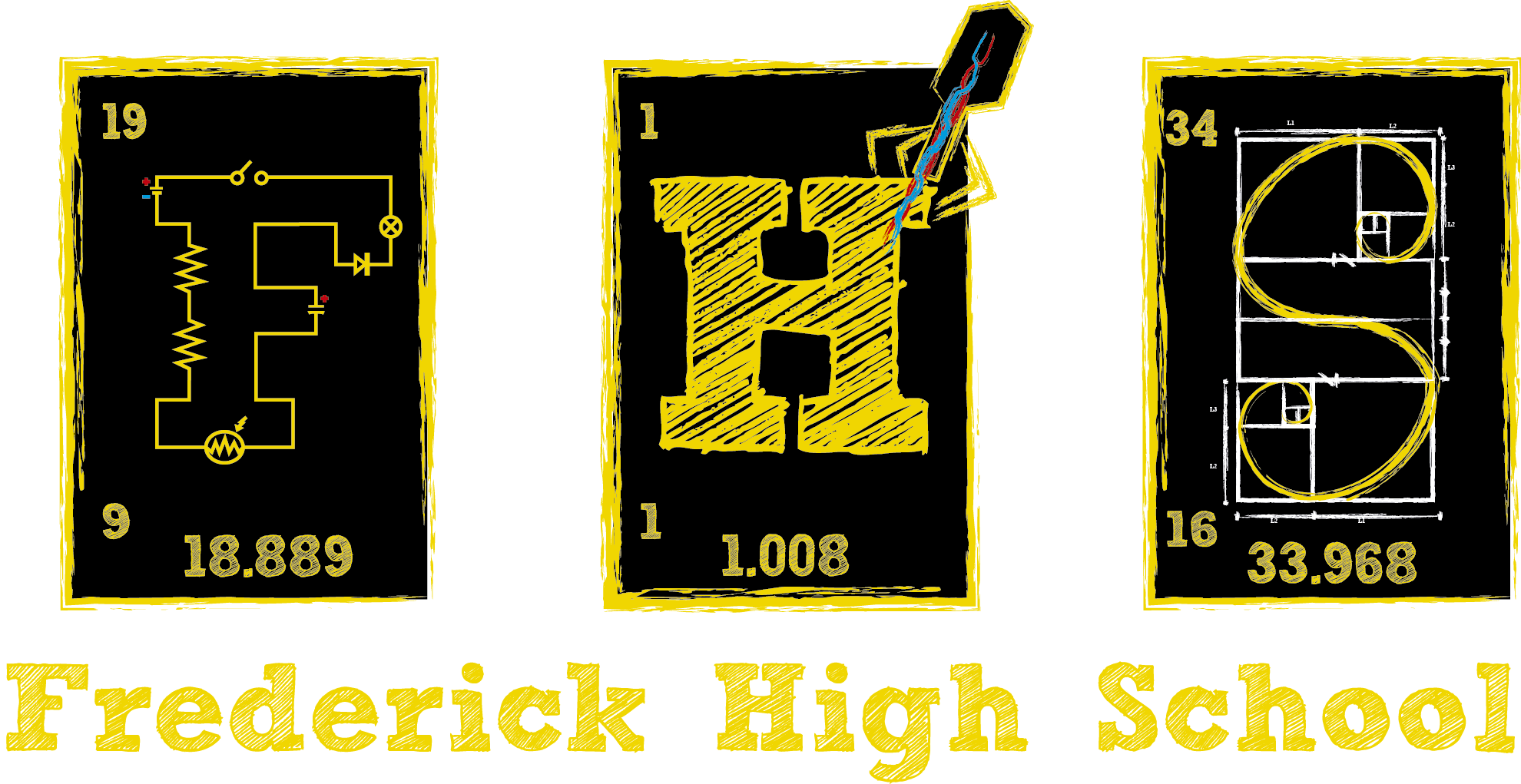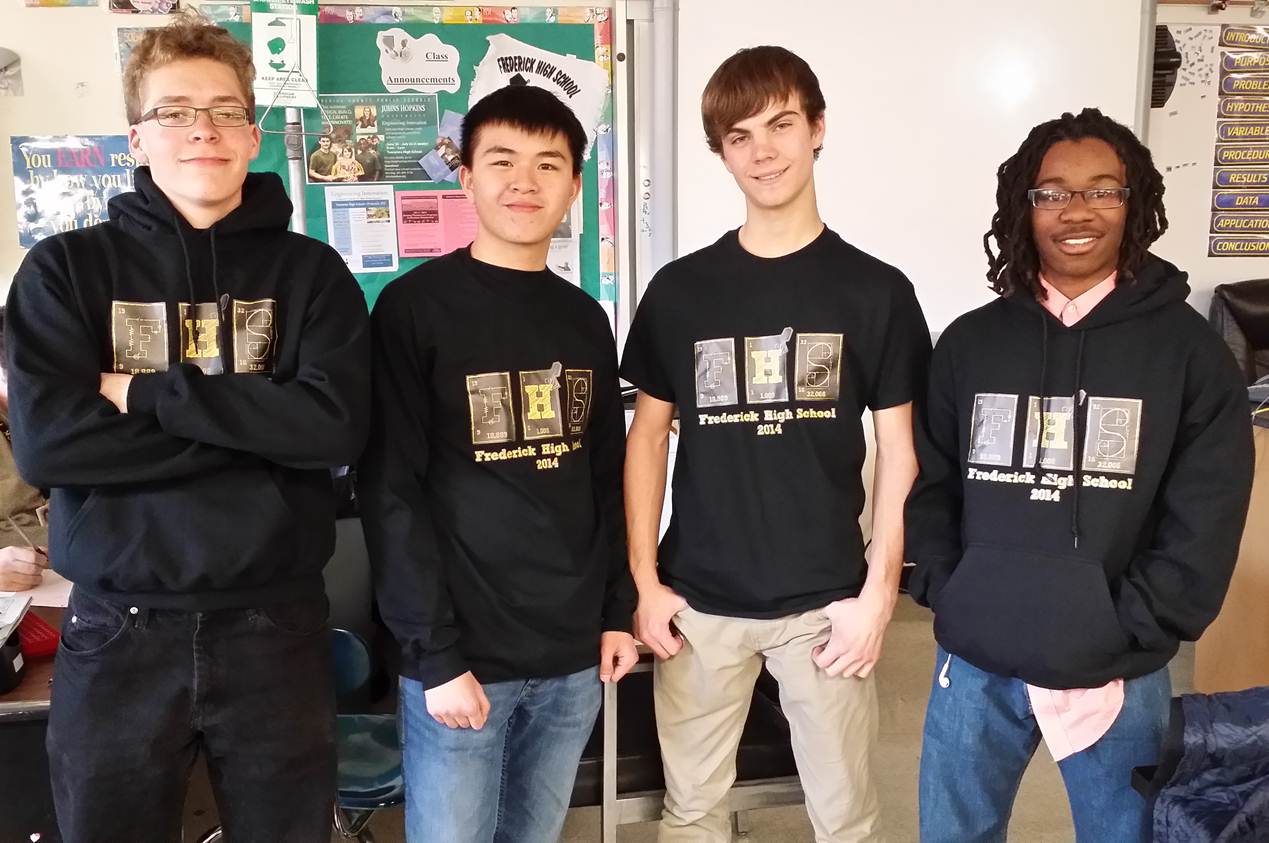Team:FHS Frederick MD/Description
From 2014hs.igem.org
(Initial draft) |
(→Description: Formatting) |
||
| Line 2: | Line 2: | ||
=Description= | =Description= | ||
[[File:Tshirts.jpg|right|500px]] | [[File:Tshirts.jpg|right|500px]] | ||
| - | The Frederick High School Bioengineering team was formed in October 2012 to give students in the Frederick MD public school an opportunity to learn about molecular and synthetic biology by by working on after-school bioengineering projects. In | + | The Frederick High School Bioengineering team was formed in October 2012 to give students in the Frederick MD public school an opportunity to learn about molecular and synthetic biology by by working on after-school bioengineering projects. |
| + | |||
| + | In the club's first year, members decided to explore the development and use of microbial fuel cells as a potential source of renewable energy. We began by building a simple fuel cell using the commercially available MudWatt kit and soil collected from a local pond. | ||
| + | |||
| + | The MudWatt experiment lead us to consider the possibilities of building a more refined two-chamber microbial fuel cell in which we would use fluorescent bacteria to visually monitor the growth of bacteria on the cathode. | ||
Although we were not able to participate in last year's iGEM competition we're looking forward to attending the June 2014 Jamboree. | Although we were not able to participate in last year's iGEM competition we're looking forward to attending the June 2014 Jamboree. | ||
{{:Team:FHS_Frederick_MD/Footer}} | {{:Team:FHS_Frederick_MD/Footer}} | ||
Revision as of 02:07, 21 June 2014
Description
The Frederick High School Bioengineering team was formed in October 2012 to give students in the Frederick MD public school an opportunity to learn about molecular and synthetic biology by by working on after-school bioengineering projects.
In the club's first year, members decided to explore the development and use of microbial fuel cells as a potential source of renewable energy. We began by building a simple fuel cell using the commercially available MudWatt kit and soil collected from a local pond.
The MudWatt experiment lead us to consider the possibilities of building a more refined two-chamber microbial fuel cell in which we would use fluorescent bacteria to visually monitor the growth of bacteria on the cathode.
Although we were not able to participate in last year's iGEM competition we're looking forward to attending the June 2014 Jamboree.
 "
"


